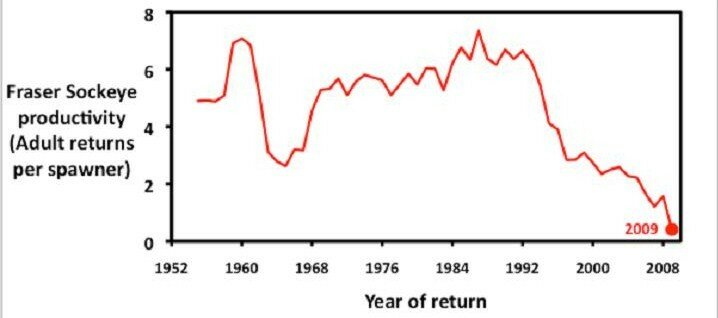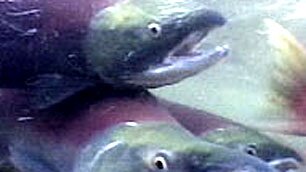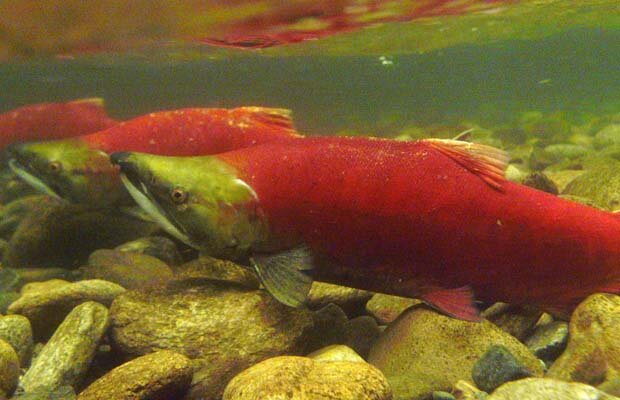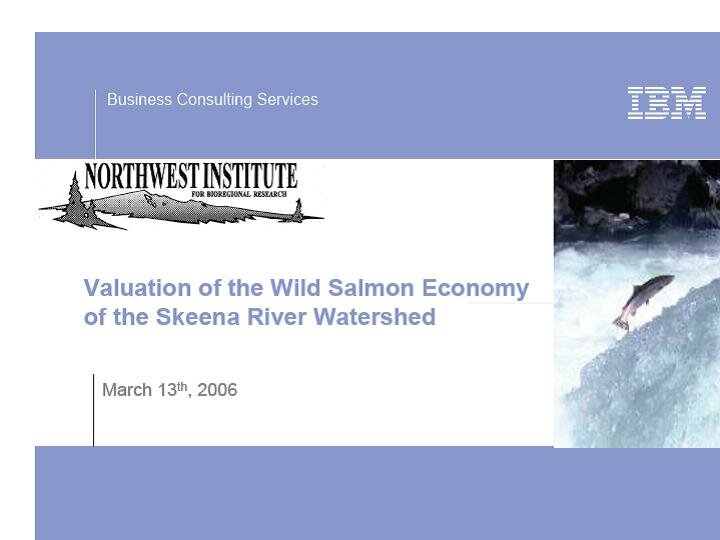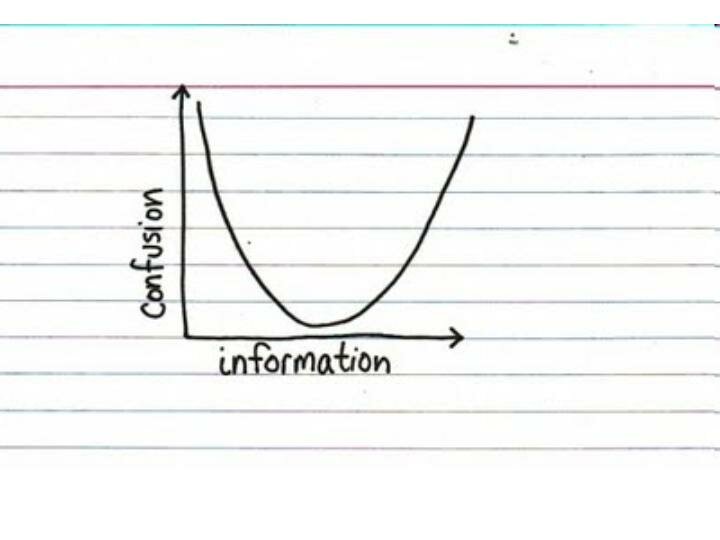In my desire to just start this blog – yes, you know the old cliche about starting with a single step… – our family had an early arrival. Our son, Fynn, was born on Dec. 5 a few weeks ahead of his Dec. 17 due date. For my wife Lisa and I this is both our second child, so we now have three little ones in our family – two, 3-year olds and baby Fynn.
We’re now surfacing slowly out of sleep-deprived fogs.
In this slow surfacing, I’ve returned to getting this blog moving and here it goes.
One of the things that I have been doing since completing the Wild Salmon Cycle in 2003 is plugging away at a university degree. For so many years I poo-pooed the idea of a degree and took pleasure out of responding to the question – where’d you get your degree?
With: “I never went back to school after graduating high school.”
Over the years of working in tree planting operations, fisheries inventories, stream restoration and rehabilitation, and a variety of other industries and micro-industries, I have worked with more than enough clueless ‘degree’ holders. Well, I should be fair, not necessarily clueless per se – just book smart and not so street or bush smart. Sure they new statistical equations to graph fish populations based on random sampling technique; however, give them a map and tell them how to get us out to a hospital…
In 2005, in my early 30s, a few synchronicities and events led to my return to school. I figured I’d see what it is that I was apparently ‘missing’. (This is the explanation I was given by a senior manager at the federal Department of Fisheries and Oceans in Whitehorse while I was in between legs of my bike trip – “we would really like to hire you, but we can’t since you’re ‘missing’ your degree…”).
I completed my first year at a community college and thankfully had some great instructors that kept some dreadfully dull courses – interesting. The bulk of my degree – in business admin – I have completed through distance education (i.e. online courses). The ridiculous-ness of this process, is that some of my courses I have completed in less than a week of dedicated effort – which I’m sure many 20-something university students would love the opportunity to do, as opposed to sitting through monotonous three hour lectures a few times a week for a four month stretch.
I suppose this is the changing face of education. As I learn more about the wide range of services online – i.e. – hypothetically I could have outsourced all my assignments to someone in India or otherwise, with pay rates a fraction of my tuition. Various statistics suggest the average individual with a degree can make 50% more at their jobs, or in the range of a million dollars more over the span of their career. With these sorts of stats, why not make a small investment in your 20s and simply outsource the work required for your degree – to someone in India or Pakistan? – it might be a pretty good return on investment….
Without too much of a rant about some of the complete wasting of time presented by some university courses – other courses have, in fact, brought value, pondering, and return on investment.
The past few weeks I have focused on completing the final course required for my degree – a fourth year business course: Integrated Marketing Communication. The bulk of the course has focused on stock, standard marketing campaigns – with the likes of Ford, Coca-Cola, Nike and other big name brands presented as case studies. Assignments for the course have required designing an integrated marketing campaign for a well-known brand.
I chose a charitable non-profit organization: .
The final project for the course (as opposed to an exam) requires students to synthesize each assignment – sections of the IMC plan – into a complete IMC plan, incorporating all the corrections, suggestions, and comments from the instructor.
What I have discovered working through the course is very little mention of the array of social media marketing available to organizations today – things such as this site (WordPress), YouTube, Twitter, Facebook, and so on. Or, some of the often cheaper tactics advocated by Jay Conrad Levinson the author of the ever-growing series of Guerilla Marketing books. For nonprofit organizations, marketing generally has to be innovative and budget-minded – donors and contributors don’t want to see their donations going to simply attracting more donors. They want to see action.
I started doing my research into alternative methods of advertising, as opposed to standard marketing processes. One of the individuals I came across is Seth Godin. He’s written numerous on marketing (some of which he gives away free on his web sites as ebooks), keeps a very popular , and started the company which has some parallels with blogs.
In his book Meatball Sundae: Is your marketing out of sync Godin talks about “New Marketing” – this new marketing is the changing face of the marketing world. The old approach of blitzing TV, magazines, and standard media does not bring the same results it used to.
“One of the realities of the New Marketing is that mass is no longer achievable. Even more important: Mass is no longer desirable.”
Godin concludes the book by suggesting:
“If the New Marketing can be characterized by just one idea, it’s this: Ideas that spread through groups of people are far more powerful than ideas delivered at an individual.”
“Social change, education, new product launches, religious movements… it doesn’t matter, the story is the same. Movements are at the heart of change and growth. A movement – an idea that spreads with passion through community and leads to change – is far more powerful than any advertisement ever could be.”
This is a really good synthesis of what I had in mind when I first came up with the idea of the Wild Salmon Cycle over eight years ago. Maybe this blog and getting these books finished will continue the momentum started almost a decade ago….?
 This graph is showing sockeye salmon production in the Fraser. The steep red line running to the right hand bottom corner is worse than the steep red line to the bottom right corner of most of the world’s stock markets this time last year, or returns on most people’s RRSP.
This graph is showing sockeye salmon production in the Fraser. The steep red line running to the right hand bottom corner is worse than the steep red line to the bottom right corner of most of the world’s stock markets this time last year, or returns on most people’s RRSP.

